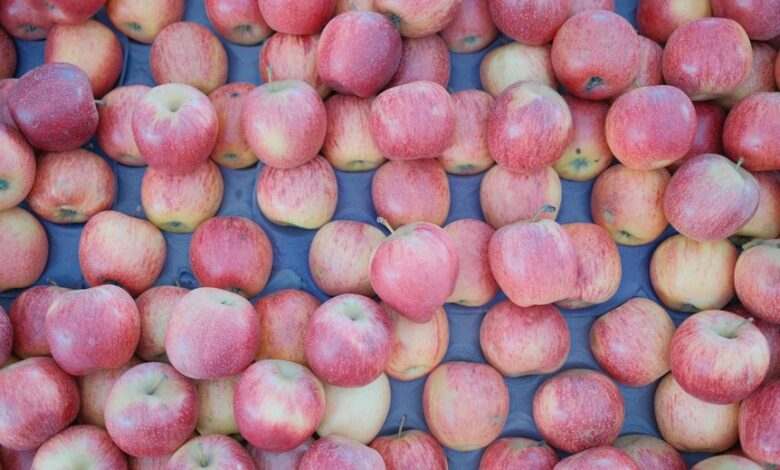Cassasse

Cassasse stands as a testament to Mediterranean culinary traditions, weaving together history, culture, and flavor. Its origins reveal a story of trade and migration, influencing its diverse components. The dish is not just about ingredients; it embodies a communal experience, inviting shared moments around the table. As one explores its preparation and presentation, questions arise about the balance of flavors and the art of serving. What makes cassasse a true reflection of its rich heritage?
The Origins of Cassasse
Although its exact beginnings are shrouded in the mists of culinary history, the origins of cassasse can be traced back to the diverse cultural landscapes of the Mediterranean.
This dish reflects the historical context of trade and migration, intertwining flavors and techniques from various cultures.
Its cultural significance lies in its representation of communal dining and shared heritage, fostering connections among diverse communities.
Key Ingredients in Cassasse
At the heart of cassasse lies a harmonious blend of ingredients that showcases the dish's Mediterranean roots.
Essential components include fresh vegetables, seafood, and diverse spice combinations, which create a vibrant flavor profile.
Ingredient sourcing plays a crucial role, emphasizing local produce and seasonal availability.
This commitment to quality enhances the dish's authenticity, connecting diners to the region's culinary traditions and cultural heritage.
Step-by-Step Guide to Making Cassasse
Creating cassasse is an intricate process that invites culinary enthusiasts to explore the depths of Mediterranean flavors.
This dish requires a mastery of various cooking techniques, from slow simmering to precise seasoning.
As one experiments with ingredient combinations, flavor variations emerge, allowing for personal expression.
Each step, from preparation to cooking, unveils a tapestry of taste, fostering a deeper appreciation for this rich culinary tradition.
Serving and Enjoying Cassasse
After mastering the intricate process of making cassasse, the next important aspect lies in how it is served and enjoyed.
Presentation techniques play a crucial role, enhancing visual appeal. Pairing cassasse with complementary flavors, such as tangy chutneys or fresh herbs, elevates the dining experience.
Ultimately, the enjoyment of cassasse transcends taste, inviting a communal spirit that celebrates culinary freedom.
Conclusion
In exploring the vibrant tapestry of cassasse, one uncovers not just a dish but a cultural narrative steeped in history and tradition. The theory that communal dining enhances the flavors and experience of food holds true here, as sharing cassasse fosters connection and conversation. Each carefully chosen ingredient and meticulous technique contributes to a harmonious whole, inviting diners to partake in a culinary journey that transcends time and place, ultimately celebrating both heritage and the joy of togetherness.




